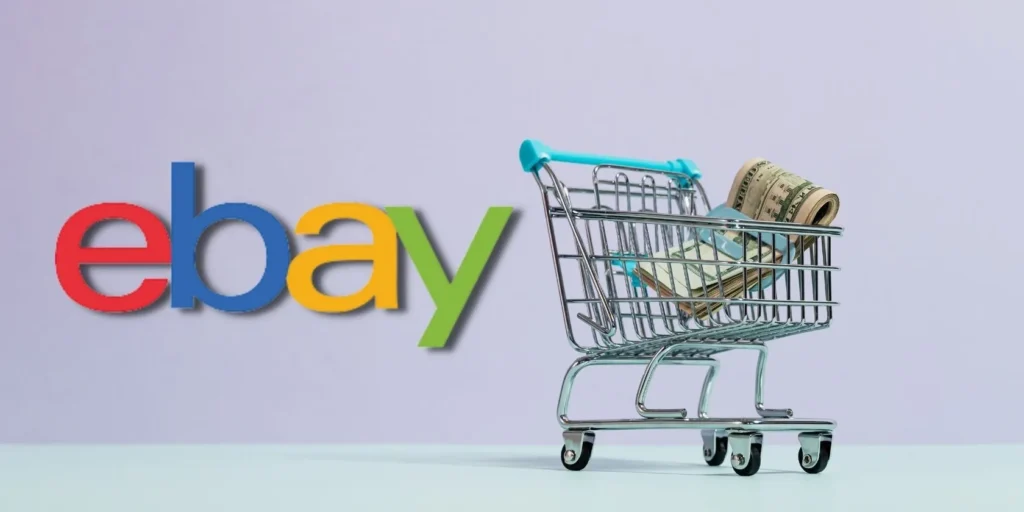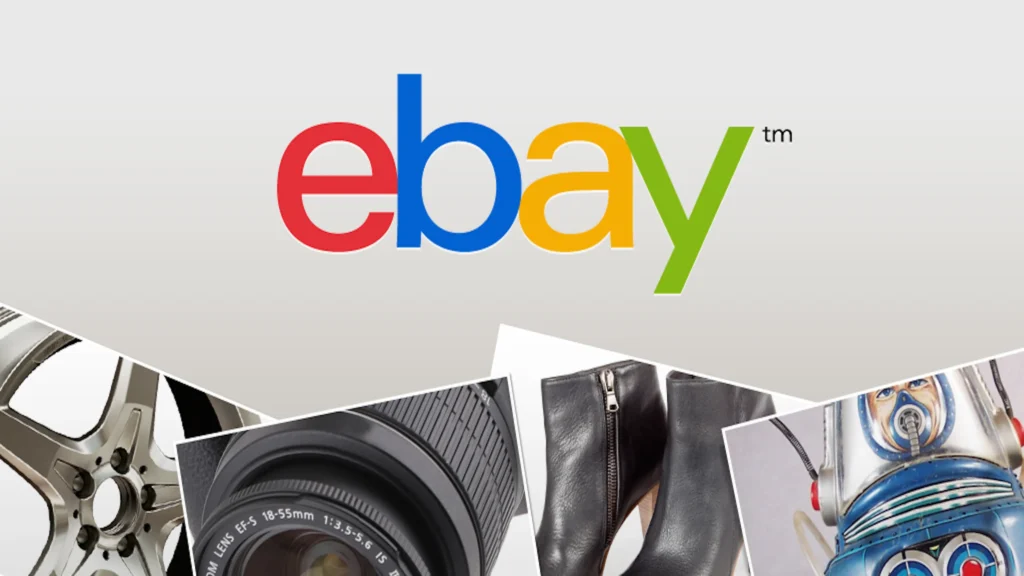Selling on eBay can be a profitable venture, but understanding the platform’s fee structure is crucial to maximizing your earnings. With a clear grasp of eBay fees, sellers can strategically price their items and manage their listings to ensure they retain the most profit possible. This comprehensive guide will walk you through the various fees associated with selling on eBay and provide tips to help you keep more money in your pocket.

Overview of eBay Fees
eBay’s fee structure consists of several types of fees: insertion, final value, optional listing upgrade, and payment processing. Let’s break down each of these fees to understand their impact on your profits.
Insertion Fees
An insertion fee is charged when you list an item for sale on eBay. This fee is non-refundable, regardless of whether your item sells. However, eBay provides a certain number of free listings each month, depending on the seller’s account type and category. As of the latest update, most sellers receive 250 free listings per month, but this can vary.
If you exceed your free listing limit, you will incur an insertion fee for each additional listing. The cost of this fee depends on the category of the item. Generally, the fee is around $0.35 per listing in most categories.
Final Value Fees
The final value fee is the most significant fee sellers encounter. This fee is charged as a percentage of the total amount of the sale, including the item price, shipping, and any additional charges. The final value fee percentage varies by category but typically ranges from 10% to 15%. For example, the fee might be 12.35% for most categories but can go higher or lower depending on the specific item category.
eBay also caps the final value fee for certain categories, which means that once you reach a specific amount, the fee does not increase. This cap can be particularly beneficial for high-ticket items.

Optional Listing Upgrade Fees
eBay offers several optional listing upgrades to help your item stand out. These upgrades include features like bold titles, subtitles, and gallery plus. Each upgrade comes with an additional fee. While these options can increase the visibility of your listing, it’s essential to weigh the potential benefits against the extra cost.
Payment Processing Fees
When a buyer makes a purchase, eBay processes the payment and charges a payment processing fee. This fee is typically a small percentage of the total sale amount plus a fixed fee per order. As of the latest update, the payment processing fee is 2.9% of the total sale amount plus $0.30 per order for domestic transactions. International transactions may incur higher fees.
Strategies to Maximize Profits
Understanding eBay’s fee structure is the first step to maximizing your profits. Here are several strategies to help you keep more of your earnings while selling on eBay.
1. Optimize Your Pricing Strategy
One of the most effective ways to maximize profits is to optimize your pricing strategy. When setting your item’s price, consider all applicable fees, including insertion fees, final value fees, and payment processing fees. Ensure that your selling price covers these costs while remaining competitive.
2. Utilize Free Listings Wisely
Make the most of your free listings each month. Prioritize listing higher-value items or items with a high likelihood of selling quickly. If you run out of free listings, consider whether it’s worth paying the insertion fee for additional listings.
3. Choose the Right Listing Duration
eBay offers several listing duration options, including 7-day, 10-day, and Good ‘Til Cancelled listings. Each has its pros and cons. Shorter durations may reduce insertion fees if items sell quickly, while longer durations provide more visibility. Experiment with different durations to see which works best for your items.
4. Take Advantage of Promoted Listings
Promoted Listings is an optional service that increases your item’s visibility by placing it in prominent locations on eBay. You only pay an additional fee if the item sells through the promoted listing. This can be a cost-effective way to boost sales without upfront costs.
5. Offer Free Shipping Strategically
Offering free shipping can attract more buyers, but it’s essential to factor the shipping cost into your item price. Free shipping can also help improve your search ranking on eBay, leading to more visibility and potential sales. Be strategic and consider the shipping cost impact on your overall profit.
6. Bundle Items to Save on Fees
If you have multiple related items, consider bundling them into a single listing. This strategy can save on insertion fees and may appeal to buyers looking for a package deal. Bundling can also increase the perceived value of the offer.
7. Use eBay’s Fee Calculator
eBay provides a fee calculator to help sellers estimate the fees for their listings. Use this tool to get a clear picture of the fees you’ll incur and adjust your pricing strategy accordingly. The fee calculator can be an invaluable resource for new and experienced sellers alike.
8. Monitor and Adjust Your Listings
Regularly review your listings and make adjustments as needed. If an item isn’t selling, consider revising the price, changing the title or description, or adding better photos. Monitoring your listings allows you to make informed decisions to improve sales and reduce unnecessary fees.
9. Take Advantage of eBay Store Subscriptions
For frequent sellers, an eBay Store subscription can offer significant benefits, including reduced fees and additional free listings. eBay offers different subscription levels, so choose the one that best fits your selling volume and goals.
10. Stay Informed About Fee Changes
eBay occasionally updates its fee structure, so staying informed about any changes is crucial. Subscribe to eBay’s seller newsletter and check their announcements regularly to ensure you’re aware of any fee adjustments that may affect your profitability.
Common Pitfalls to Avoid
While there are many strategies to maximize your profits, it’s also important to avoid common pitfalls that can eat into your earnings.
Overlooking Small Fees
Small fees can add up quickly, especially if you’re selling many items. Always account for every fee, no matter how minor it seems, to get an accurate picture of your profitability.
Ignoring International Fees
If you sell internationally, be aware of additional fees, such as higher payment processing fees and potential customs charges. Factor these costs into your pricing strategy to avoid surprises.
Neglecting to Factor in Return Costs
Returns are a part of online selling, and covering return shipping costs can be expensive. Have a clear return policy and factor potential return costs into your pricing.
Relying Too Heavily on Upgrades
While listing upgrades can enhance visibility, relying too heavily on them can quickly diminish your profits. Use upgrades selectively and only when they offer a clear benefit.
Underpricing Items
While competitive pricing is essential, underpricing your items can lead to slim profit margins or even losses. Ensure your prices cover all costs and provide a reasonable profit margin.
Conclusion
Maximizing your profits while selling on eBay requires a thorough understanding of the platform’s fee structure and a strategic approach to listing and pricing your items. By optimizing your pricing strategy, utilizing free listings, choosing the right listing duration, and staying informed about fee changes, you can keep more of your hard-earned money.
Selling on eBay can be a rewarding endeavor if you manage your listings and fees effectively. Use the strategies outlined in this guide to navigate eBay’s fee structure, avoid common pitfalls, and maximize your profits. With careful planning and attention to detail, you can build a successful eBay business that thrives in the competitive online marketplace.




















